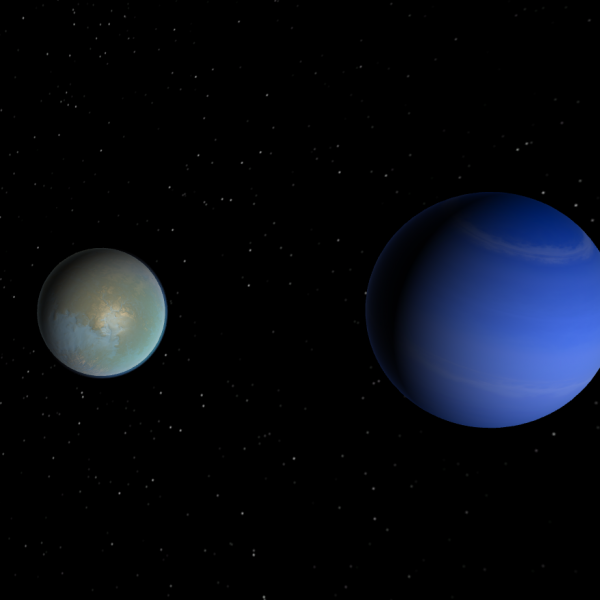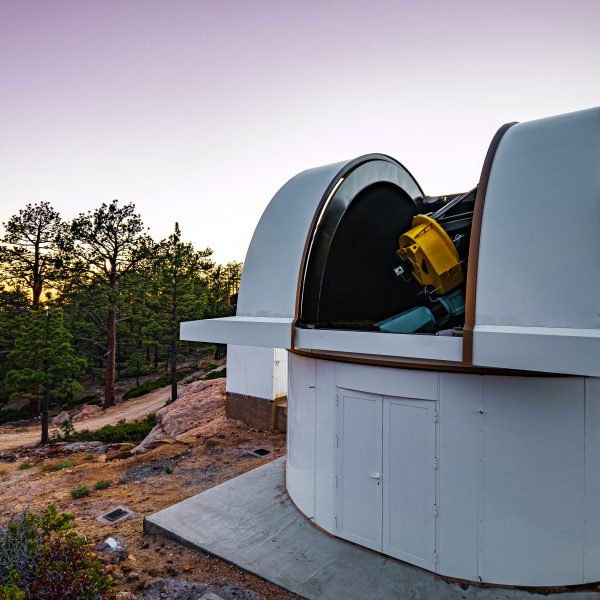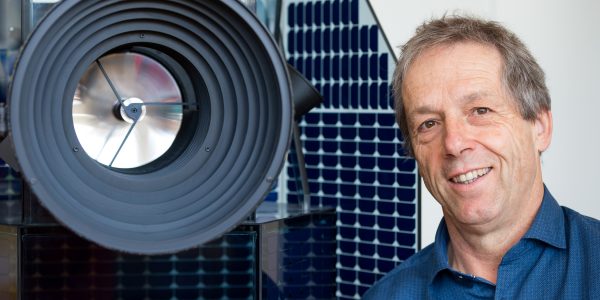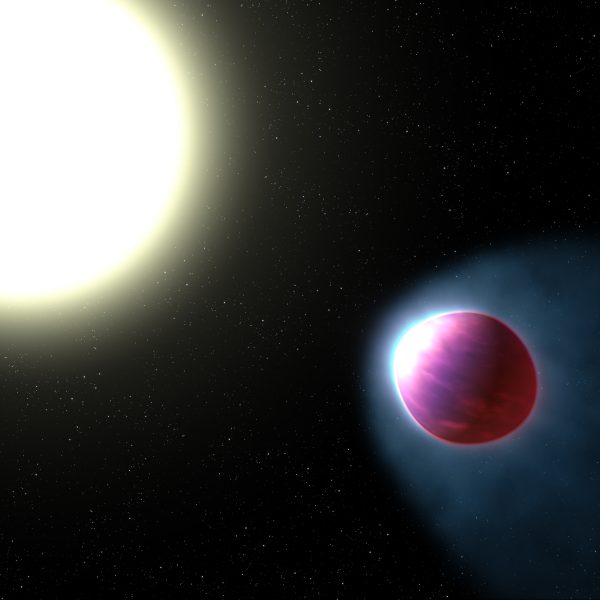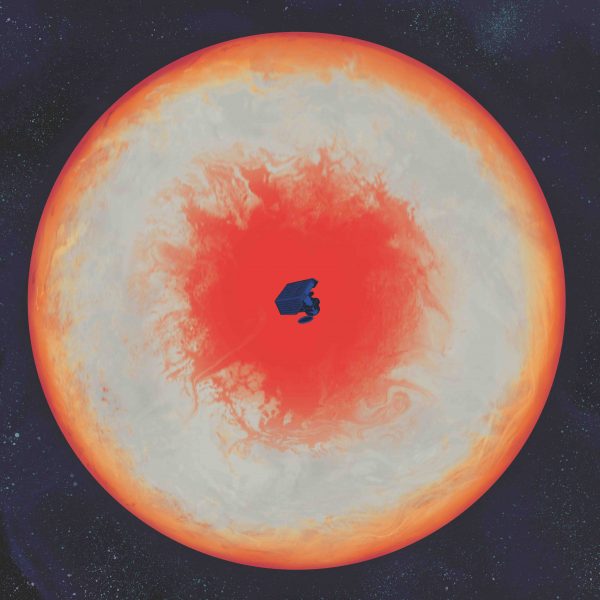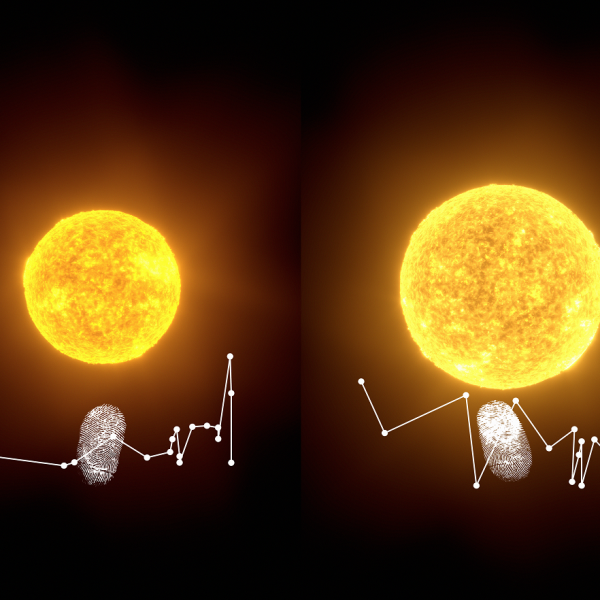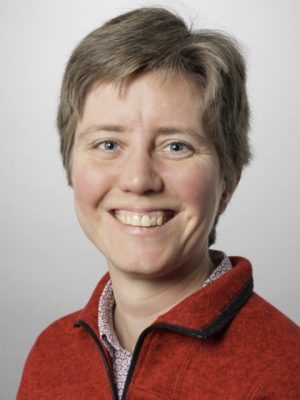Author Archive
How water explains missing planets
Space exploration telescopes have revealed that planets between the size of 1.3 and 2.4 Earth radii seem to be c comparatively rare. Scientists under the lead of the International Space Science Institute and the National Centre of Competence PlanetS have found a remarkably simple explanation. Since 1995, scientists have found over 4000 planets outside the […]
Continue ReadingTwo planets around a red dwarf
The “SAINT-EX” Observatory, led by scientists from the National Centre of Competence in Research NCCR PlanetS of the University of Bern and the University of Geneva, has detected two exoplanets orbiting the star TOI-1266. The Mexico-based telescope thus demonstrates its high precision and takes an important step in the quest of finding potentially habitable worlds. […]
Continue ReadingResearch and innovation know no borders
International cooperation is of the utmost importance to the University of Bern, principal Christian Leumann emphasised during the visit of a high-ranking German delegation on 1 September as part of an information trip at the invitation of Präsenz Schweiz. The University of Berne used a number of current examples to show that top-level research today is […]
Continue ReadingEditorial
Dear Reader, This is it! For the astronomers involved for many years in the design and building of CHEOPS the real excitement begins. The first scientific results obtained from the data collected by CHEOPS have just been published! Following one of the most extreme exoplanet known (WASP-189b is its name), CHEOPS could detect not only […]
Continue Reading“Switzerland is a space nation”
This week, the new COSPAR report is published, providing an overview of Swiss activities in the field of space. Renato Krpoun, head of the Swiss Space Office of the State Secretariat for Education, Research and Innovation SERI, comments on the report and emphasizes the importance of cooperation between science and industry. NCCR PlanetS: Mr. Krpoun, […]
Continue ReadingVaporised metal in the air of an exoplanet
An international team of researchers led by the National Centre of Competence in Research PlanetS of the University of Bern and the University of Geneva studied the atmosphere of the ultra-hot exoplanet WASP-121b. In it, they found a number of gaseous metals. The results are a next step in the search for potentially habitable worlds. […]
Continue ReadingFirst study with CHEOPS data describes one of the most extreme planets in the universe
CHEOPS keeps its promise: Observations with the space telescope reveal details of the exoplanet WASP-189b – one of the most extreme planets known. CHEOPS is a joint mission by the European Space Agency (ESA) and Switzerland, under the aegis of the University of Bern in collaboration with the University of Geneva. Eight months after the […]
Continue ReadingStars with planets show no special fingerprint
With the participation of the NCCR PlanetS, an international team of scientists has determined the chemical composition of 84 stars with great precision. Contrary to popular scientific theory, their results show that there seem to be no clear chemical differences between stars with and without planets. For 25 years it has been known planets orbit […]
Continue ReadingWhen in doubt, aim high
Veerle Sterken had been away from a paid job in cosmic dust science for three years. Then she convinced the European Research Council (ERC) to fund her project on interstellar dust. That kick-started her “second career” in astrophysics and led to her project being welcomed into PlanetS by the board. “I will send out my […]
Continue ReadingScience taught her to stand up for herself
Yogita Kadlag is an astrophysicist from Maharashtra, India. Since October 2019, she’s been a member of the NCCR PlanetS. From her hometown, where she is stranded due to the Corona pandemic, she spoke to us about her work, cultural differences and discrimination. “It’s raining heavily at the moment; can we try again in 20 minutes?”, […]
Continue Reading
